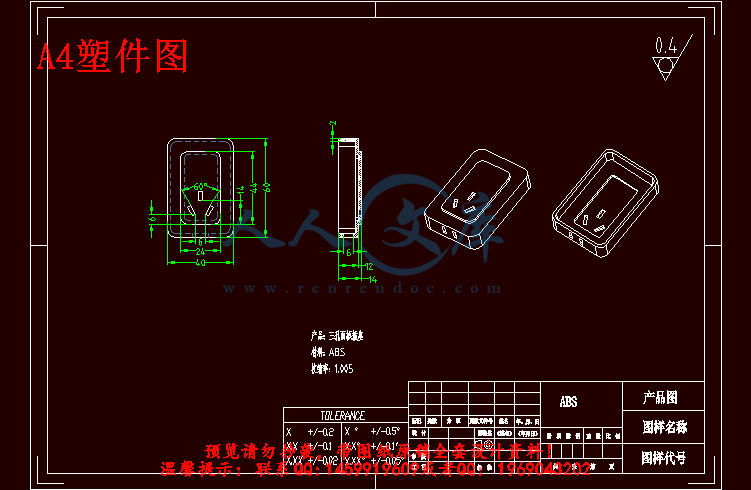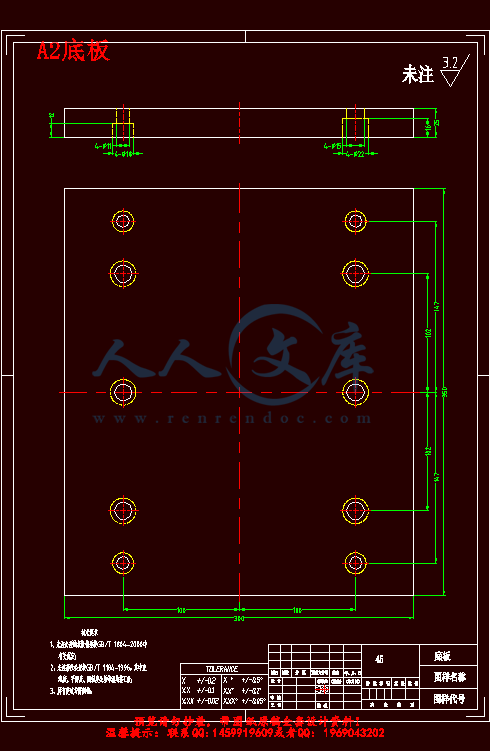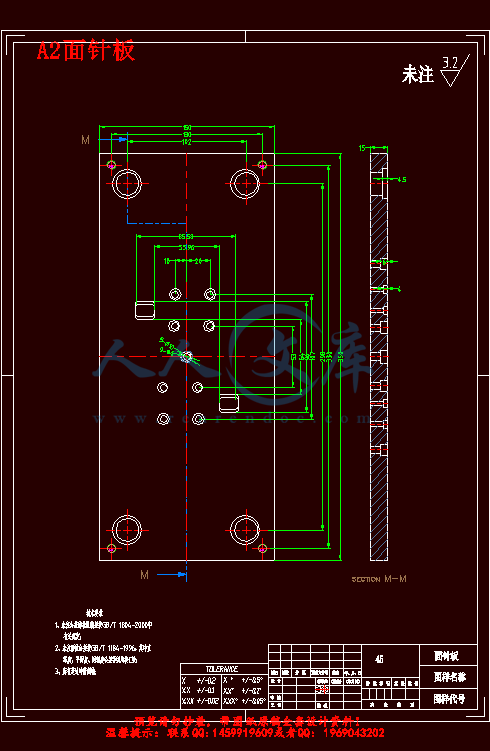三孔面板插座注塑模具设计【插座板、接线板、插板】【优秀含UG三维3D建模及12张CAD图纸注射模具课程毕业设计+带31页加正文1.07万字】
【详情如下】【需要咨询购买全套设计请加QQ1459919609】
三孔面板插座注塑模具设计【插座板、接线板、插板】
A0装配图.dwg
A1动模板.dwg
A1定模板.dwg
A2底板.dwg
A2底针板.dwg
A2顶板.dwg
A2模脚.dwg
A2面针板.dwg
A3型腔.dwg
A3型芯.dwg
A3斜顶.dwg
A4塑件图.dwg
chazuo-3D.prt
chazuo-3D.stp
sujianljt.stp
sujianljt_stp.prt
sujianzpt.step
三孔面板插座的模具设计-CAD.dwg
三孔面板插座的模具设计.doc
文件清单.txt
三孔面板插座注塑模具设计【插座板、接线板、插板】
摘 要
塑料注射模具是成型塑料的一种重要工艺装备,通过对三孔面板插座塑料模具设计,能够全面的了解塑料模具设计的基本原则、方法.并能较为熟练的使用UG、AUTOCAD软件进行塑料模具设计,提高自己的绘图能力。为今后从事设计工作打下了坚实的基础。
随着现代工业发展的需要,塑料制品在工业、农业、日常生活和军事等各个领域的应用范围越来越广,质量要求也越来越高,中国已经成为全球最大的塑料市场之一,塑料制品产量全球第二。
本次主要设计是对三孔面板插座注射模的设计, 重点对塑件的成型原理、原料选用和注射技术进行分析。通过根据形状、尺寸、精度及表面质量要求的分析结果,确定所需的模塑成型方案,制品的后加工、分型面的选择、型腔的数目和排列、成型零件的结构、浇注系统等。
关键词:工艺方案;模具结构;注塑机;模具设计
Abstract
Plastic injection mold is an important technological equipment of plastic forming, through the flashlight front cover plastic mould design, can fully understand the basic principles, methods of plastic mould design. And can be more skilled use of UG, AUTOCAD software for plastic mold design, improve their ability to draw. Engaged in the design for the future work laid a solid foundation.
With the needs of the development of modern industry, plastic products in industry, agriculture, military and other fields of daily life and the application scope is more and more wide, the quality requirements also more and more high, China has become one of the world's largest plastics market, plastic products production in the world's second.
The main design is on the cover of a flashlight injection mould design, focus on the forming principle of plastic parts, raw materials selection and injection technology were analyzed. By according to the shape, size, precision and surface quality requirement analysis, to determine the required moulding solutions, products after processing, the choice of the parting surface, cavity number and arrangement, the structure of molding parts, pouring system, etc.
Key words: Process; The mould structure; Injection molding machine; Mold design
目 录
摘 要 II
Abstract III
目 录 IV
1 绪论 1
1.1 概述 1
1.2 国内研究现状 1
1.3 国外研究现状 2
2 塑料制品分析 3
2.1 明确制品设计要求 3
2.2 明确制品批量 3
2.3 材料选择及性能 3
2.3.1 材料选择 3
2.3.2 材料品种 4
2.4 成型设备 4
2.5 拔模斜度 4
2.6 计算制品的体积和质量 4
2.6.1表面质量的分析 4
2.6.2塑件的体积重量 5
3 注射机及成型方案的确定 6
3.1 注射机的确定 6
3.2 成型方案的确定 6
3.2.1 成型设备的选择 6
3.2.2 成型的特点 7
3.2.3 成型的原理 7
3.2.4 成型过程 7
4 型腔数的确定及分型面的选择 8
4.1 型腔数的确定 8
4.2 分型面的选择 8
4.2.1 分型面的主要选择原则 8
4.3 确定型腔的排列方式 9
4.4 标准模架的选用 10
4.3 模架装配图 10
5 成型零部件的设计与计算 11
5.1 凸模设计 11
5.2 凹模的设计 11
5.3 成型零件工作尺寸的计算 12
5.3.1 模腔工作尺寸的计算 12
6.1 主流道设计 14
6.2 浇口的设计 14
7 排气与冷却系统的设计 16
7.1 冷却系统设计的原则 16
7.2 冷却水路的计算 16
7.3 排气系统的设计 17
8 顶出机构的设计 19
8.1 推杆复位装置 19
8.2 推件机构的设计 19
8.2.1 推杆长度的计算 20
8.3 斜推杆的设计 21
8.4 斜推杆的设计要点 21
8.5 斜推杆倾斜角的确定 22
9 导向机构的设计 23
9.1 导向、定位机构的主要功能 23
9.2导向机构的设计 23
9.2.1 导柱的设计 23
10 结论与展望 25
致谢 26
参考文献 27




















 川公网安备: 51019002004831号
川公网安备: 51019002004831号